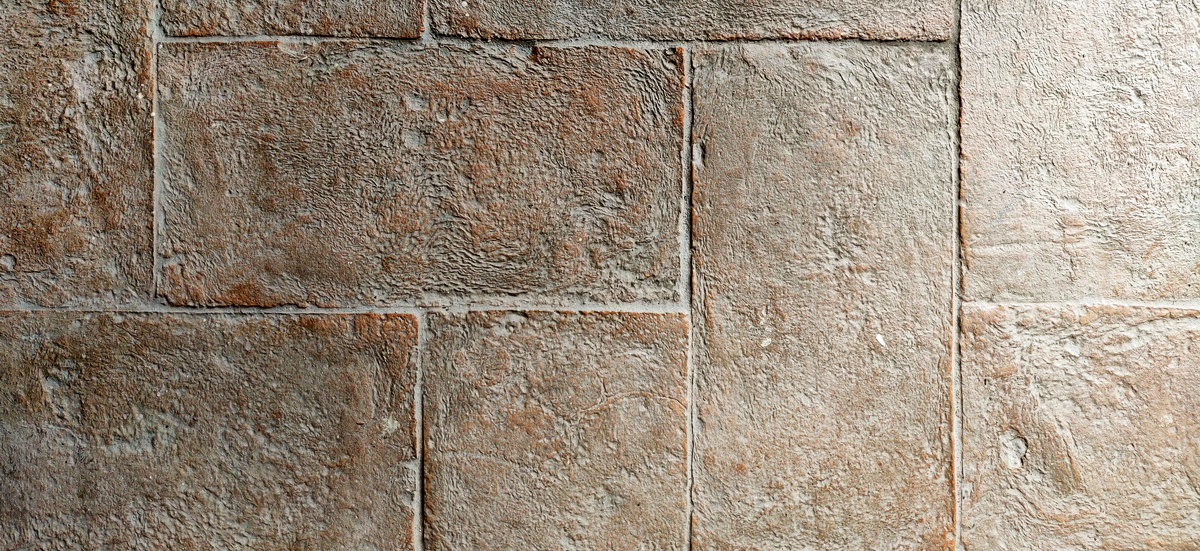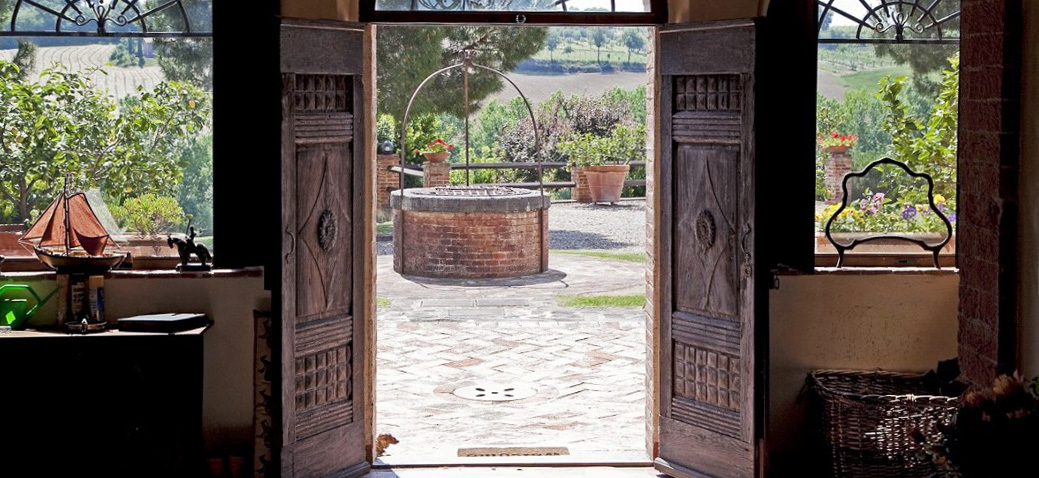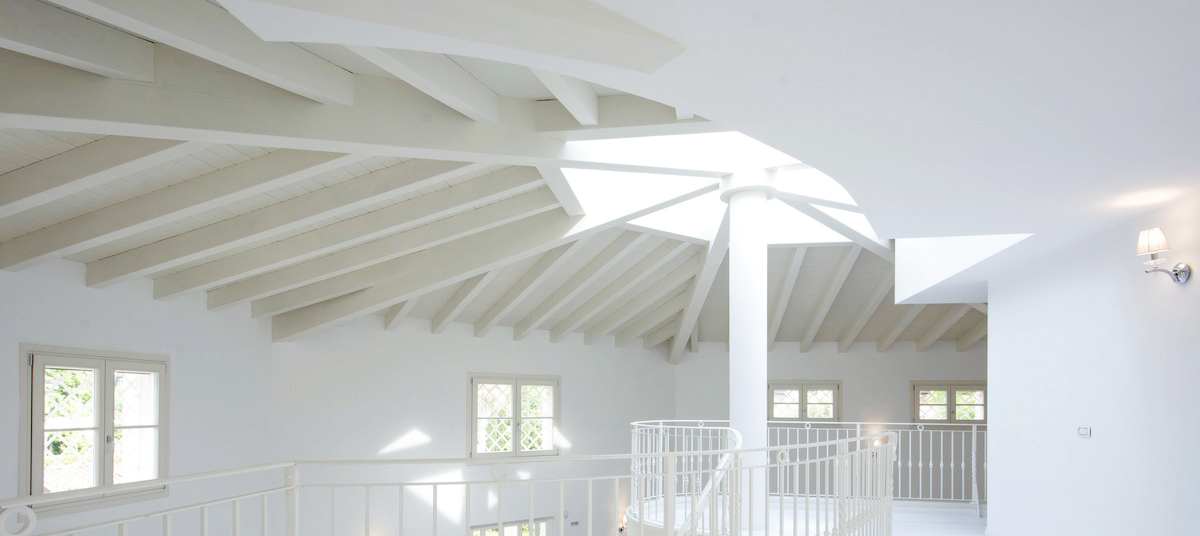 Favourites
Favourites

It’s no secret that traditional Italian architecture and interiors have a very distinctive style. We often mention original features as well as Tuscan and Umbrian “style” in our property listings which is often highly appealing to many. So we’ve compiled a list of some of these features and some information about their history, their impact and of course some examples from properties we have available. From terracotta flooring to natural tones, original doors, exposed beams, exterior window shutters, frescoed walls and ceilings and vaulted ceilings, we’ve got you covered.
If you’ve been to Italy before, the chances are you’ve probably seen a few terracotta floor tiles. Translating from Italian as “baked earth”, terracotta floors, (or ‘cotto’ as the material is usually referred to when it’s a material rather than an object) offer an old world charm and create a rugged yet stylishly rustic and natural atmosphere. One of the many great things about terracotta tiles is that although they’re a fairly common feature over in Italy, you’re unlikely to see two authentic ones that are the same. As you can see from the photos below, there are so many shapes, styles, colours and ages of terracotta tiles. Their individual flaws and blemishes from years of use are what make them truly unique. Ranging from burgundy and brown to more ochre and light yellow colours, their earthenware appearance is highly desirable to many. Imperfectly perfect and the epitome of rustic.





Continuing in the theme of the natural look, rarely will you find peacock blue or forest green neatly painted on the walls of a typical Tuscan house. Authentic Italian interiors embrace natural earthy tones such as cream, beige, honey, almond, warm red/terracotta, brown and plaster peach. Accents of green and yellow are often scattered amongst the furniture and accessories, inspired by the surrounding outdoor landscapes of vineyards, olive groves and sunflower fields. Textured/plastered wall effects are also strongly associated with typical Italian interiors, which only add to the classic rustic look, especially when paired with ornate metal and solid wood furniture, eye catching lighting and other authentic characteristics of the room.



Doors are an important feature of any house, they’re what welcome you and your guests to a house and first impressions matter. Curb appeal is something buyers and neighbours alike notice so an appealing front door can make all the difference. Authentic Tuscan houses often showcase original doors that are evocative of the property’s past. These doors are truly one of a kind and each have their own style, often dating back centuries. Original Italian doors will usually feature impressive medieval ironmongery, elegant carvings, metal bars and eye catching stone surrounds.





Exposed beams can transform an ordinary room in to an extraordinary space. They contradict the traditional practise of concealing the architectural construction elements and instead reveal the skeleton of a home. They encourage the eye to look up, making the space feel larger, and creating a impactful design feature without taking up any square footage. Below is a selection of beams featured in just a handful of the properties we have available, each presenting ceiling beams in different scenarios, whether it be in the house, above the pool or covering the loggia. Beams are versatile design traits that can be utilised and/or customised to suit any interior from distressed designer rustic to sleek contemporary minimalism.




External window shutters are a well known trademark of Italian architecture. These traditional shutters are practically part of the family for Italians, as they can be found on almost any shop or home. Generally, external shutters are painted either dark green, dark brown or grey. In fact, in certain areas, it’s actually illegal to paint them in anything but these colours in order to protect and prolong tradition. The most common shutter colour is green as it was once believed that painting them with arsenic would deter or kill insects. Of course, nowadays it is known that arsenic does not act as a deterrent, however the tradition of painting the shutters green still continues to this day.
As well as adding depth and visual appeal to a property, shutters are often used as a method of temperature control and were in fact thought to be one of the earliest forms of air conditioning. Their ability to control light, reduce heat and provide ventilation is an inexpensive yet effective way of managing the internal temperature of a property.



Usually associated with the Italian Renaissance, frescoes are not just regular Italian paintings but part of the DNA of Italian interiors. The most famous frescoes are Michelangelo’s paintings in the Sistine Chapel and Raphael Stanza’s mural in the Vatican.
Frescoes are achieved by applying water based pigments directly onto a fresh, wet plaster base on the wall. By doing so, the colours become a permanent part of the wall and retain their vibrancy, remaining beautifully vivid for a long period of time. The painting must be done quickly and skilfully, before the plaster base dries.

Originating in churches and basilicas, vaulted ceilings have seen many transformations over the centuries, appearing in homes both traditional and contemporary. Technically, a vaulted ceiling is any ceiling constructed with a self supporting arch, with many variations to achieve different looks. Vaulted ceilings can take advantage of otherwise wasted roof space and make a home appear larger than it really is. They’re also a great way of enhancing natural light within a home, especially when paired with larger windows. Vaulted ceilings add masses of character to any building and often make quite a statement with a wow factor to impress any guest.



View all our properties on our website casatuscany.com
Back to Info & ServicesNotifications